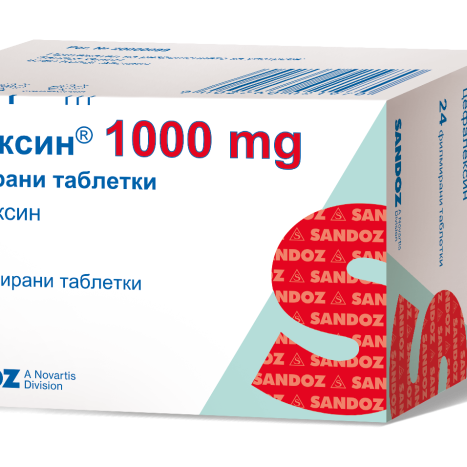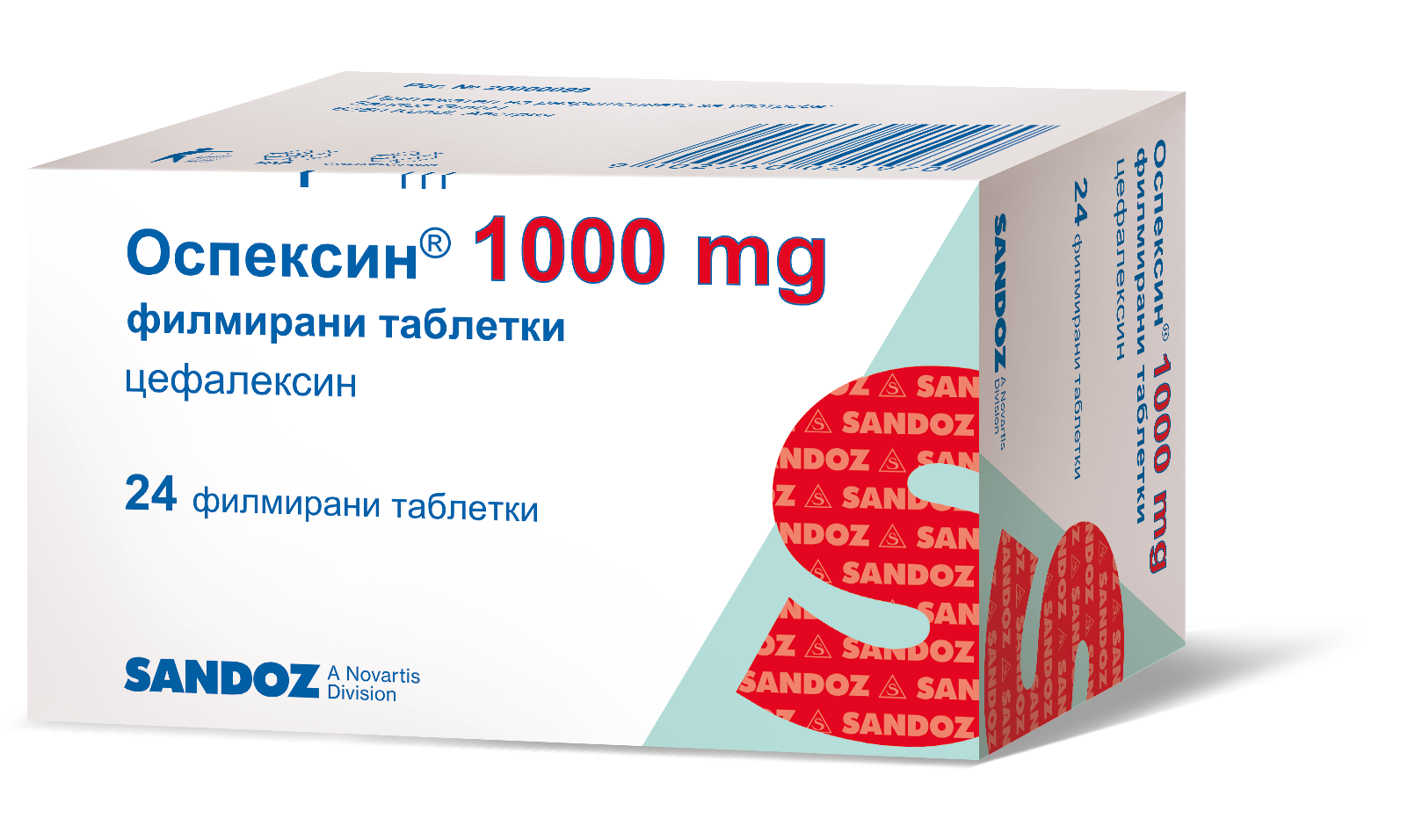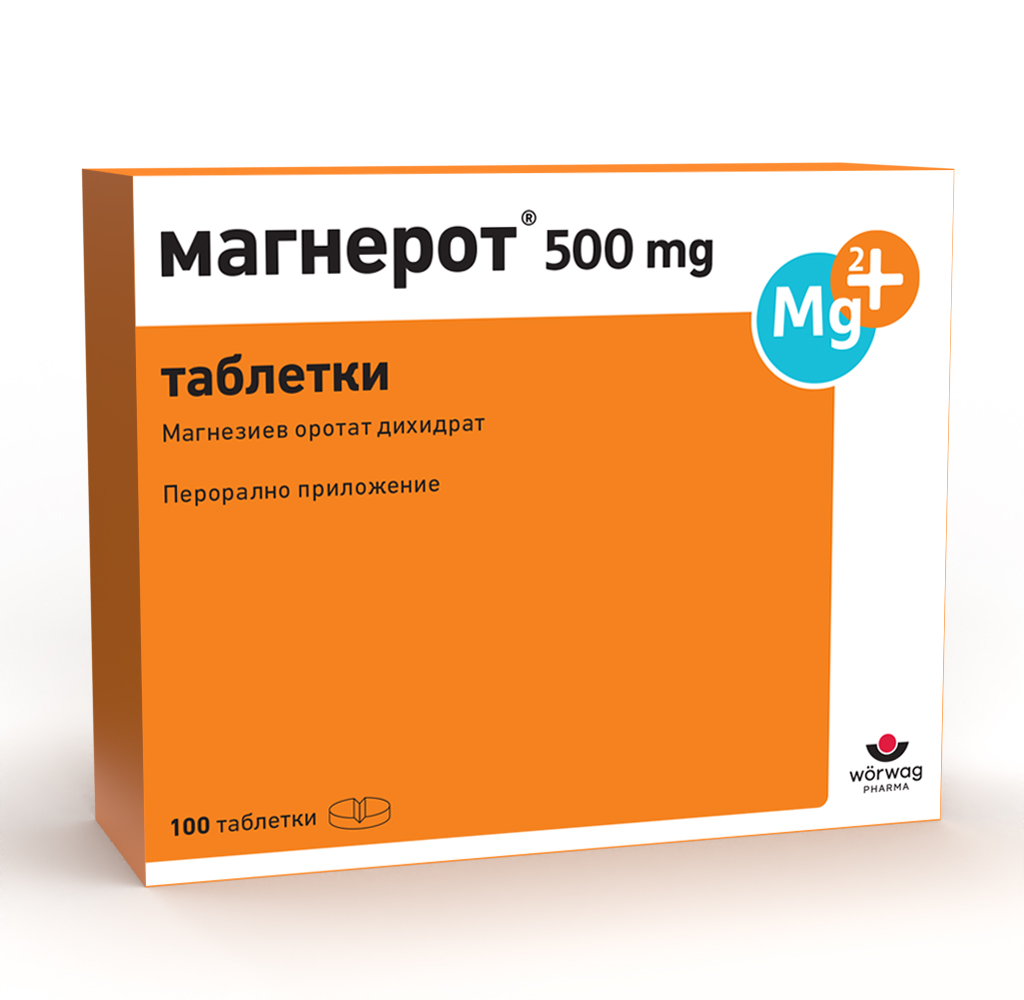OSPEXIN 1000mg x 24 tabl
Patient information leaflet
Ospexin 500 mg film-coated tablets
Ospexin 500 mg film-coated tablets
Ospexin 1000 mg film-coated tablets
Ospexin 10 00 mg film-coated tablets
Cefalexin ( Cefalexin )
Read all of this leaflet carefully before you start taking this medicine because it contains important information for you.
- Keep this leaflet. You may need to read it again.
- If you have any further questions, ask your doctor or pharmacist.
- This medicine has been prescribed for you personally. Do not pass it on to others. It may harm them, even if their signs of illness are the same as yours.
- If you get any side effects, please tell your doctor or pharmacist. This includes any possible side effects not listed in this leaflet. See section 4.
What this leaflet contains :
- What Ospexin is and what it is used for
- What you need to know before taking Ospexin
- How to take Ospexin
- Possible side effects
- How to store Ospexin
- Package contents and additional information
1. What Ospexin is and what it is used for
Ospexin contains cephalexin (from the group of semi-synthetic cephalosporins). It is an antibiotic that destroys many different bacteria by inhibiting cell wall biosynthesis. Therefore, it can be used for a wide range of diseases.
Ospexin is very well absorbed in the body. Since the presence of food does not significantly affect its absorption, patients with sensitive stomachs can also take Ospexin during meals. Ospexin is well distributed in various tissues of the body. Ospexin is excreted in its active form with urine.
Diseases that can be treated with Ospexin are infections caused by microorganisms sensitive to cephalexin, such as:
- Urinary tract infections, including prostatitis
- Skin and soft tissue infections
- Bone and joint infections
- Respiratory tract infections
- Ear, nose or throat infections
- Dental infections.
After significant improvement and confirmation that the causative agent of the infection is sensitive, treatment with cephalosporin injections can be continued with Ospexin.
2. What you need to know before you take Ospexin
Do not take Ospexin
- if you are allergic (hypersensitive) to cephalexin or other cephalosporins or to any of the other ingredients of Ospexin (listed in section 6). If you are allergic to penicillin, you may have cross-reactivity to Ospexin.
- Severe systemic infections should be treated from the start with injectable antibiotics.
- Ospexin should not be used to treat infections of the brain and spinal cord.
Warnings and precautions
Talk to your doctor, pharmacist or nurse before you start taking Ospexin.
In case of previous hypersensitivity to penicillin, hypersensitivity to cephalexin is also possible. If you have ever been diagnosed with an allergy, especially to penicillin, you must definitely inform your doctor.
Tell your doctor before taking cephalexin if you have ever had a severe skin rash or peeling skin, blistering and/or mouth sores after taking cephalexin or other antibacterial agents.
You should inform your doctor if you suffer from hypersensitivity (allergies such as hives) or asthma. Treatment should be stopped and a doctor should be consulted immediately if signs of allergy occur, such as skin rash, itching, shivering, hives, difficulty breathing, shortness of breath, diarrhea or stomach pain.
If severe and persistent diarrhea occurs, the possibility of inflammation of the colon (pseudomembranous colitis caused by the bacterium Clostridium difficile ) should be considered. In this case, Ospexin should be discontinued and a doctor should be consulted.
Blood tests and liver function tests are recommended for longer durations of treatment, as well as kidney function tests in the presence of kidney disease.
With prolonged treatment, the development of bacteria or fungi that are not sensitive to cephalexin is possible. In these cases, appropriate measures should be taken.
Acute generalized exanthematous pustulosis has been reported with the use of cephalexin. Acute generalized exanthematous pustulosis appears at the beginning of treatment as a red, scaly, widespread rash with subcutaneous swellings and blisters, accompanied by fever. Most common location: mainly localized in skin folds, on the trunk and upper limbs. The highest risk of this serious skin reaction occurs during the first week of treatment. If a serious rash or any of these skin symptoms develop, stop taking cephalexin and contact your doctor, or seek medical attention immediately.
If you suffer from diabetes, please do not take Ospexin before discussing it with your doctor.
Biochemical reactions
Cephalosporins may occasionally cause false-positive results in urine glucose tests. In these cases, methods based on the glucose oxidase reaction can be used to measure urine glucose.
The direct Coombs test (a blood test for the presence of antibodies against red blood cells) can also show false positive results.
Cephalosporins may affect the determination of ketone bodies in urine (metabolic products that are produced during the increased breakdown of fats) in urine.
Other medicines and Ospexin
Tell your doctor or pharmacist if you are taking, have recently taken or might take any other medicines.
Ospexin should be taken simultaneously with other antibiotics only on the express recommendation of your doctor, as some antibiotics may enhance the effect of Ospexin, while others may weaken it.
Concomitant use with probenecid (a drug that reduces uric acid) may lead to an increase and longer presence of cephalexin in the blood.
Combining cephalosporins with loop diuretics (drugs that increase urine output), such as ethacrynic acid or furosemide, or with other antibiotics that may be harmful to the kidneys (aminoglycosides, polymyxin, other cephalosporins), may increase the damaging effects on the kidneys.
Concomitant administration of cephalosporins and oral anticoagulants may prolong clotting time.
The simultaneous use of cephalexin and metformin (a medicine for diabetes) may lead to undesirably high levels of metformin.
When cephalosporins are administered together with some drugs for the treatment of leukemia, potassium levels in the blood may decrease.
Ospexin with food and drink
The film-coated tablets should be swallowed whole with a glass of water. They can be taken on an empty stomach or with food.
Pregnancy, breastfeeding and fertility
If you are pregnant or breast-feeding, think you may be pregnant or are planning to become pregnant, ask your doctor for advice before using this medicine.
There are no studies in pregnant women, so caution is needed when prescribing cephalexin during pregnancy.
As with other medicines, during pregnancy, Ospexin should only be taken on the advice of your doctor. Small amounts of Ospexin are excreted in breast milk. Caution is required when prescribing cephalexin to a nursing mother. The possibility of diarrhoea, fungal infection of the mucous membranes and sensitisation in the infant cannot be excluded. Your doctor will assess the need for the use of Ospexin during pregnancy and breastfeeding. There are no known adverse effects in pregnant women, unborn or newborn children.
Driving and using machines
There is no data on the effect of cephalexin on the ability to drive and use machines.
Ospexin tablets contain lactose and sodium
If your doctor has told you that you have an intolerance to some sugars, contact him before taking this medicine.
This medicine contains less than 1 mmol sodium (23 mg) per film-coated tablet, i.e. essentially 'sodium-free'.
3. How to take O speksin
Always take this medicine exactly as your doctor has told you. If you are not sure, ask your doctor or pharmacist.
The recommended dose is:
The daily dose for infections with highly sensitive to cephalexin microorganisms (Gram-positive) is 1-4 g.
The daily dose for infections with less sensitive to cephalexin microorganisms (Gram-negative) is 4-6 g.
The daily dose can be divided into 2, 3 or 4 single doses. If necessary, your doctor may prescribe even higher doses.
Children and adolescents
For children under 6 years of age, the medicine is also available in liquid form.
The daily dose is 25-50 (up to 100) mg/kg body weight, divided into 2, 3 or 4 single doses.
Children aged 6-10 years: 1 film-coated tablet of 500 mg 3 times a day.
Children aged 10-14 years 3-4 times 1 film-coated tablet of 500 mg per day.
Adolescents and adults should not take a daily dose exceeding 4g (= 8 film-coated tablets of Ospexin 500 mg; = 4 film-coated tablets of Ospexin 1000 mg) without the express recommendation of a doctor. In adults, the daily dose should be at least 1g (= 2 film-coated tablets of Ospexin 500 mg or 1 film-coated tablet of Ospexin 1000 mg).
Infants (≥ 28 days) and children up to 12 years of age
The daily dose is 25-50 (up to 100) mg/kg body weight, divided into 2, 3 or 4 single doses depending on the severity of the infection.
Infants and children up to 6 years of age should not take more than 100 mg/kg of body weight daily.
Newborn children (up to 28 days)
A daily dose of 50 mg/kg body weight should not be exceeded (including in otitis media).
Duration of treatment
Your doctor will tell you how long to take Ospexin . Do not stop treatment without discussing it with your doctor.
Treatment should be continued for 2-5 days after symptoms have resolved. Infections with beta-hemolytic streptococci (i.e., angina, scarlet fever) should be treated for at least 10 days to avoid complications.
Dosage in renal impairment
If your kidney function is severely reduced, your doctor will reduce your dose or increase the time between doses. Therefore, you should tell your doctor if you suffer from kidney disease.
If you take more Ospexin than you should
Even if you accidentally swallow large doses of Ospexin, this usually does not lead to symptoms of poisoning. Overdose may cause stomach/intestinal complaints, as well as disturbances in water and electrolyte balance, cramps, hallucinations, increased reflexes, blood in the urine.
If you take too many Ospexin tablets, please contact your doctor.
If you forget to take Ospexin
Do not take a double dose to make up for a missed dose.
If you stop taking Ospexin
Even when your condition improves or all symptoms have disappeared completely, you should never change or stop treatment with Ospexin without consulting your doctor to make sure that your condition does not worsen or you become ill again.
If you have any further questions on the use of this product, please ask your doctor or pharmacist.
4. Possible side effects
Like all medicines, this medicine can cause side effects, although not everybody gets them.
If you get any side effects, please tell your doctor or pharmacist. This includes any possible side effects not listed in this leaflet.
Common: may affect up to 1 in 10 people
- Allergic reactions, with previous allergy to penicillins
Uncommon: may affect up to 1 in 100 people
- Vaginitis (inflammation of the female genital organs), vaginal yeast infections, vaginal discharge, genital itching
- Diarrhea, nausea
- Eosinophilia, leukopenia, neutropenia, thrombocytopenia (increased number of certain types of blood cells)
- Skin rash, hives, itching, swelling
- Increased ALAT and ASAT (liver enzymes) (reversible)
- Headache, dizziness
- Hallucinations, agitation, confusion
- Vomiting, loss of appetite (usually spontaneously improve during treatment), inflammation of the mucous membrane of the mouth, abdominal pain, dyspepsia (indigestion), pseudomembranous colitis (severe inflammation of the colon),
- Fatigue
Rare: may affect up to 1 in 1,000 patients
- Changes in blood count (hemolytic anemia)
- Allergic reactions to cephalosporins (usually milder than penicillin allergies)
- Renal function disorders (appearance of blood in the urine, thirst and increased amount of urine, easy fatigue). These are temporary and disappear after stopping the drug. In rare cases, inflammation of the kidneys (reversible interstitial nephritis) has been found.
Very rare: may affect up to 1 in 10,000 patients
- Joint pain, joint inflammation and joint diseases
- Temporary elevation of the liver enzymes SGOT and SGPT.
- Anal itching
- Anaphylactic reaction (hypersensitivity reaction)
- Inflammation of the liver, jaundice
- Rashes (erythema multiforme), sometimes serious with red, inflamed and oozing skin (Stevens-Johnson syndrome) and peeling skin with blisters (toxic epidermal necrolysis)
Not known: frequency cannot be estimated from the available data
- Positive direct Coombs test. False positive reaction for glucose in urine
- Red, scaly, widespread rash with bumps and blisters under the skin, accompanied by fever at the start of treatment (acute generalised exanthematous pustulosis). Stop using cephalexin if you develop these symptoms and contact your doctor or seek medical help immediately. See also section 2.
Reporting side effects
If you get any side effects, talk to your doctor, pharmacist or nurse. This includes any possible side effects not listed in this leaflet. You can also report side effects directly via the national reporting system at the Bulgarian Medicines Agency, 8 Damyan Gruev Street, 1303 Sofia, tel.: + 359 2 890 34 17, website: www.bda.bg. By reporting side effects, you can help to provide more information on the safety of this medicine.
5. How to store Ospexin
Keep out of the reach of children.
Do not use this medicine after the expiry date which is stated on the carton. The expiry date refers to the last day of that month.
Store below 25 ºС.
Store in the original package in order to protect from light and moisture.
Medicines should not be thrown away via wastewater or household waste. Ask your pharmacist how to dispose of medicines you no longer need. These measures will help protect the environment.
6. Contents of the pack and other information
What Ospexin contains
Ospexin 500 mg film-coated tablets :
-The active substance is cephalexin. Each film-coated tablet contains 500 mg of cephalexin
- The other ingredients are: macrogol 6000, magnesium stearate, sodium starch glycolate (type A), povidone, lactose, saccharin sodium, peppermint oil, titanium dioxide (E-171), talc, hypromellose.
Ospexin 1000 mg film-coated tablets :
-The active substance is cephalexin. Each film-coated tablet contains 1000 mg of cephalexin
- The other ingredients are: macrogol 6000, magnesium stearate, sodium starch glycolate (type A), povidone, lactose, saccharin sodium, peppermint oil, titanium dioxide (E-171), talc, hypromellose
What Ospexin looks like and contents of the pack
Ospexin 500 mg film-coated tablets :
Oblong, biconvex film-coated tablet, scored on both sides, approximately 7 x 18 mm, white to pale yellowish in colour. The film-coated tablet can be divided into equal halves.
Ospexin 1000 mg film-coated tablets :
White to pale yellowish elliptical, biconvex, film-coated tablet, approximately 10 x 21 mm.
Packs containing 12, 24, 100 and 1000 film-coated tablets.
Not all types of packaging can be placed on the market.
Marketing Authorisation Holder
Sandoz GmbH
10 Biochemiestrasse, 6250 Kundl, Austria
Manufacturer
Sandoz GmbH, 10 Biochemiestrasse, 6250 Kundl, Austria
Date the leaflet was last revised








